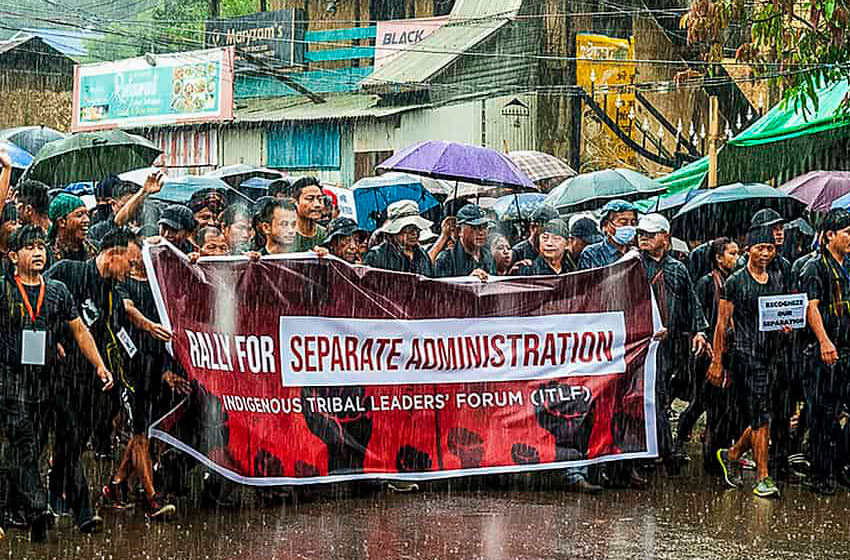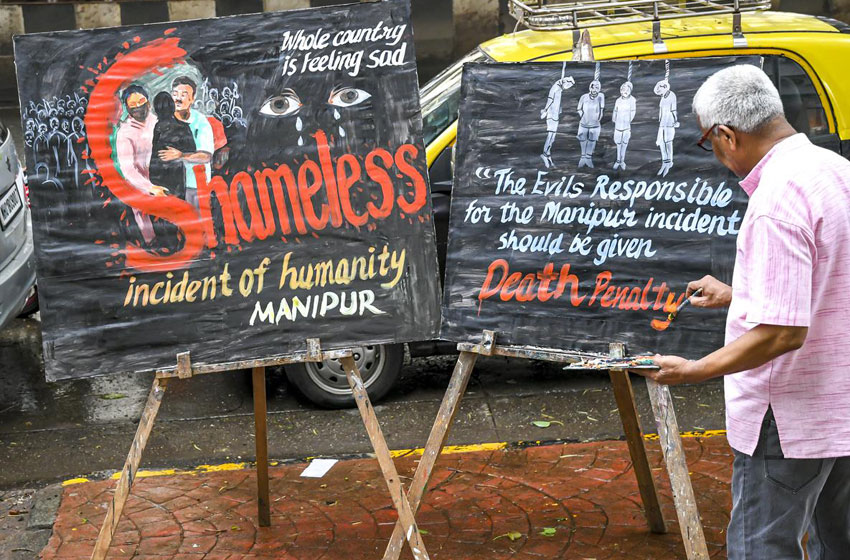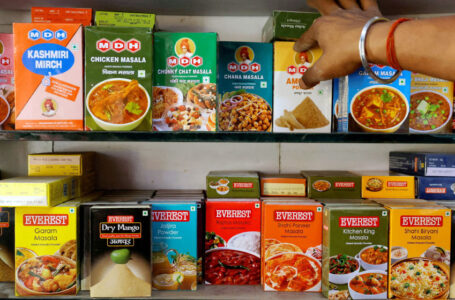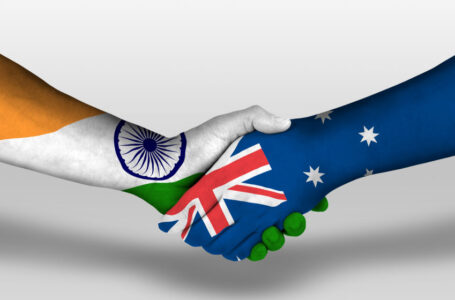Why Manipur Burns – Saga Explained

Manipur is in the heart of India’s northeastern region, a state marred by ethnic tensions and socio-political struggles. As the recent violence intensifies, it becomes crucial to shed light on the underlying complexities that fuel this unrest. In this article, we delve into the historical backdrop, examine the diverse ethnic groups, and explore the reasons behind the ongoing conflict. Moreover, we ponder potential solutions to foster regional unity and stability.
A Land of Diversity: The Ethnic Mosaic of Manipur
Manipur is home to a diverse array of communities, primarily divided into two regions: the hills and the valley plains. The hill regions are dominated by the Naga and Kuki tribes, which collectively occupy 90% of the land but comprise only 35% of the population. The valley plains, on the other hand, are inhabited by the Meiteis, accounting for 65% of the population and residing on just 10% of the land.
These communities possess unique cultural identities, languages, and traditions. While the Meiteis primarily practice Vaishnavite Hinduism and Islam, the hill tribes are predominantly Christian. It is this clash of aspirations and interests between these groups that has fueled the longstanding tension in Manipur.
The Roots of Conflict: Discontent and Unrest
The conflict in Manipur has deep historical roots, dating back to British colonial rule. The Meitei Kingdom sought to expand its influence over the hill tribes, leading to resistance and military campaigns against them. The British, through a “divide and rule” strategy, further exacerbated tensions by favouring the Meitei community, causing discontent among the hill tribes.
Post-independence, the merging of Manipur into the Indian Union triggered protests and feelings of marginalization among various ethnic groups. The distribution of land, political representation, and language policies further stoked the fire of dissent, leading to a cycle of violence and mistrust.

Present-Day Triggers: The Recent Escalation
Recently, two critical issues have led to the escalation of violence in Manipur. Firstly, the decision by the Manipur government to evict villagers from K. Songjon village in the Churachandpur district, predominantly inhabited by Kuki ethnic group, sparked protests and discontent among the hill tribes. The move was perceived as an attack on the Kuki tribe’s interests.
Secondly, the demand by the Meiteis for Scheduled Tribe status has sparked opposition from the hill tribes. The Meiteis argue that it will protect their land and culture from the influx of outsiders, while the hill tribes fear losing political and economic power to the Meiteis if the demand is met.
Seeking a Path to Harmony: Economic Interdependence as a Solution
To address the complex issues and foster harmony among the diverse ethnic groups of Manipur, economic interdependence can serve as a potential solution. Emulating successful models from other regions, where communities work together for mutual economic benefit, could create an environment of trust and cooperation.
Promoting economic ties between Meitei businessmen and tribal workers, for instance, could lead to shared interests and decrease the potential for violence. Similarly, measures to enhance economic opportunities and development in the hill regions could reduce feelings of marginalisation and foster a sense of inclusion.

Conclusion
Manipur’s tumultuous history and diverse ethnic landscape have given rise to deep-rooted tensions and conflicts. As violence escalates, it becomes crucial to understand the underlying reasons and explore viable solutions. By embracing economic interdependence and promoting inclusive development, Manipur has the potential to pave the way towards a peaceful and prosperous future for all its communities. It is time for collective efforts from the government, civil society, and the people of Manipur to embark on a journey towards unity and reconciliation.







